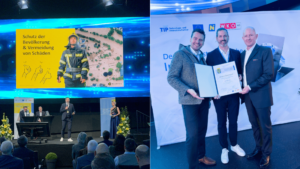At the beginning of every application for the Internet of Things there is an idea how a previously unknown value can be created or the value of an analogue application can be expanded. The creation of a business model which turns this benefit into a profitable revenue stream is much more significant, and usually more difficult, than this initial intuition.
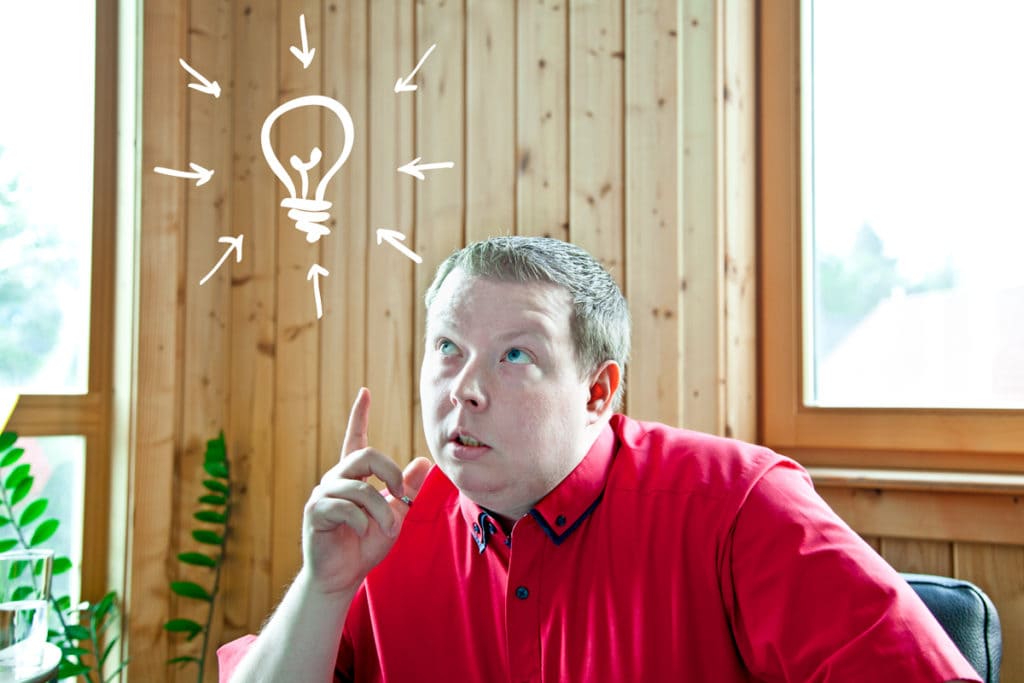
The idea is born. Let’s start with the business model!
As described in detail in “The importance of business model innovation”, the design of innovative business models is one central requirement for securing long-time competitiveness in today’s age. With the business model you define the initial framework conditions, such as the cost structure or the recorded data.
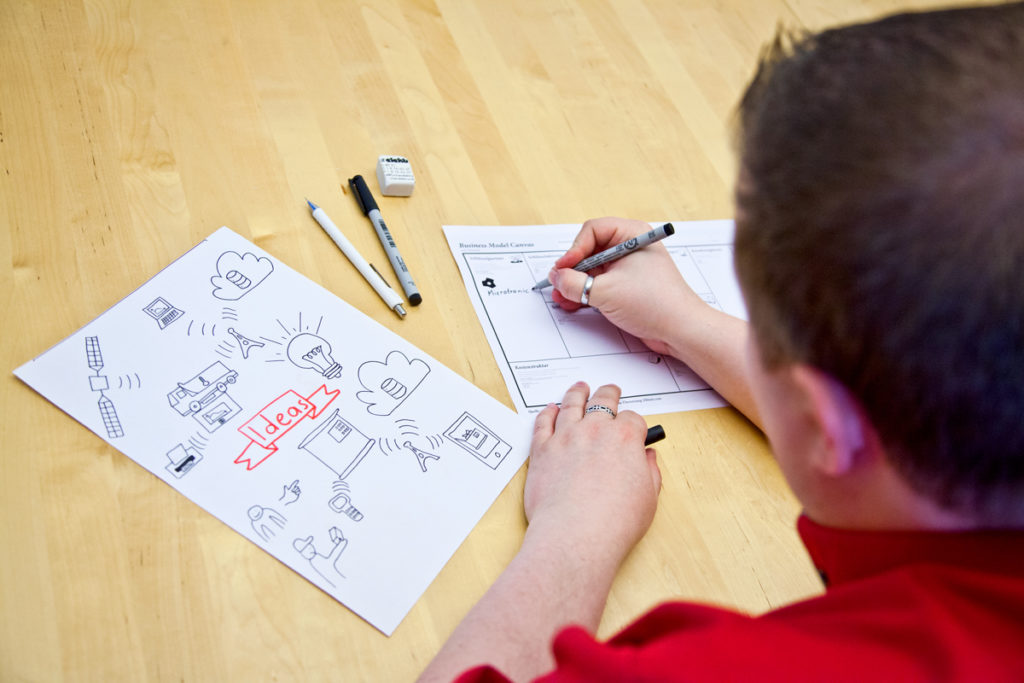
Assuming your design is a variation of the “Product-as-a-Service” model, you will need extensive data about the use of your product. With this business model, the product remains the property of the manufacturer. The manufacturer receives a recurring fee for its use. The business models Product-as-a-Service, Sensor-as-a-Service and Ecosystem are three ways to break the valid industry logic wit smart, connected products.
We continue with the technical concept
Once the business model has been fixed and you have an accurate picture of the application you want to offer to your customers, the next step is to define framework conditions for the required technological infrastructure. This includes the three levels “product”, “connectivity” and “cloud”.
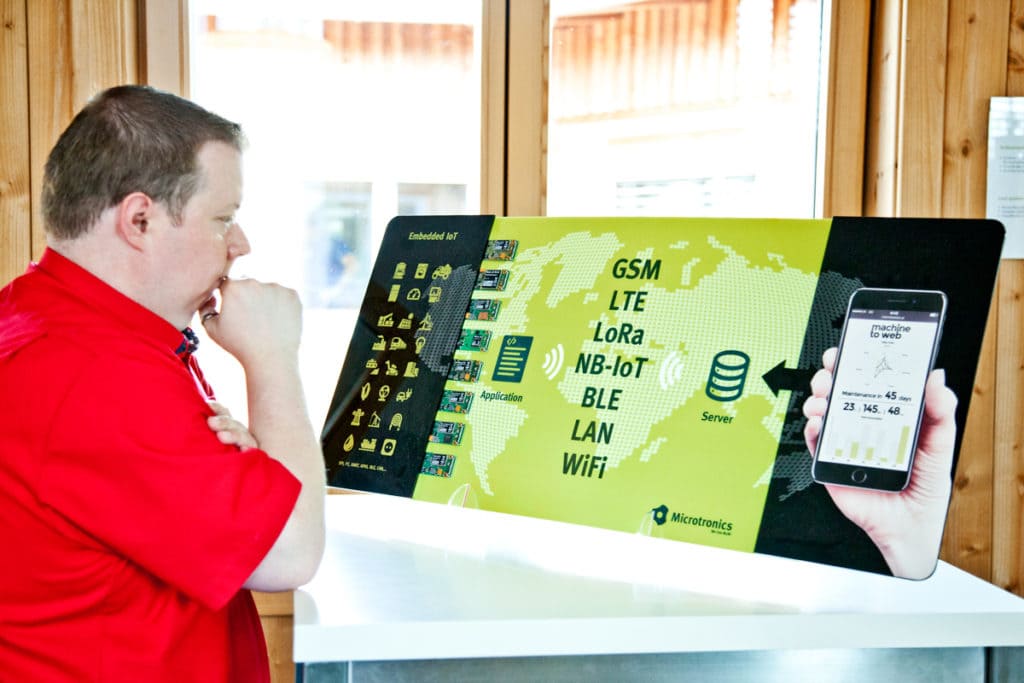
There is a direct relationship between the levels of the technological infrastructure. For example, if you plan to do the configuration via a smartphone App (assigned to the cloud), then the product does not need any operating elements. This simplifies the construction of the product considerably. With regard to internationalisation this is a big advantage. The language can be adapted much easier in the App than physically on the product.
Another important point is the distribution of responsibilities between product and cloud. This means where the higher proportion of intelligence is placed. Availability, stability and reliability of the connectivity also play an important role.
Functions (e.g. safety shutdown) that require a fast response time should be integrated directly into the product. Others (e.g. reports and trend analyses) have to be outsourced to the cloud, since only here all information and the necessary resources are available. These and related considerations are set out in detail in “Laying the foundation through strategic decisions”.
The tasks are distributed. So, let’s do it!
Once you are clear about the distribution of tasks, you can start defining the functions of the cloud. The cloud represents the sum of functions and services that exit outside the physical product (see Porter & Heppelmann; How Smart, Connected Products Are Transforming Competition; p 69).
At this point it is important to make decisions such as “Do we want to provide the customer with a smartphone app or should the data and service be accessed via a web interface?”
However, functions that are not directly perceived by the customer but are essential for the success of the application must not be ignored. This includes the archiving and administration of data and configurations as well as the management of devices. An important part of device management is the distribution of software updates, regardless of whether they are function enhancements, security updates or troubleshooting.
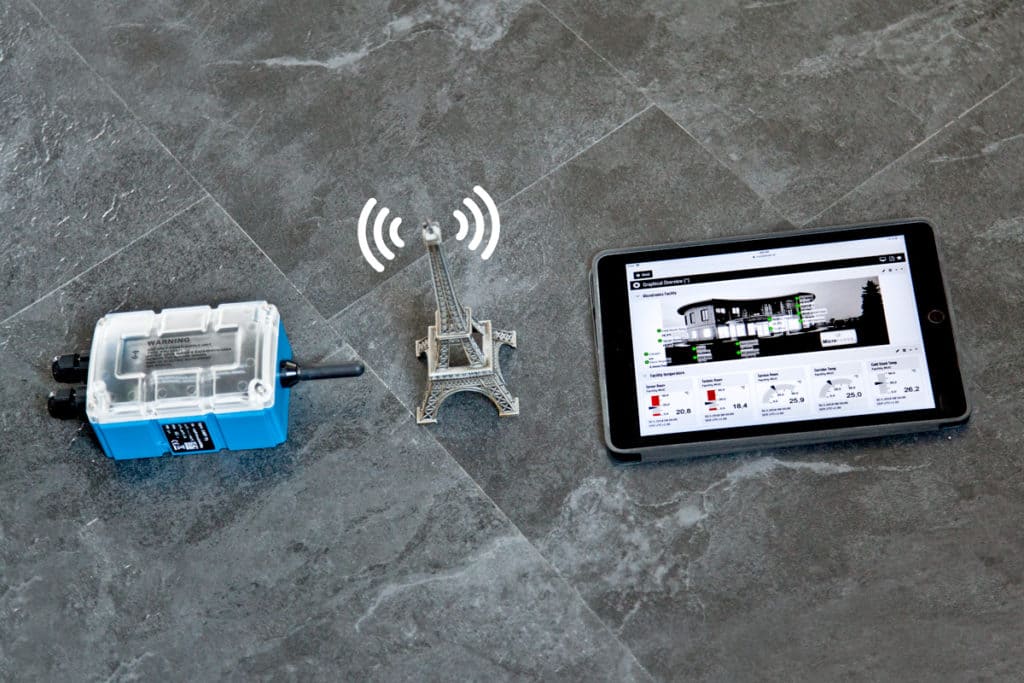
The next component that requires your attention is connectivity, this means the technology that you use to connect your products to the cloud. The individual transmission technologies differ, among other things, in range, availability, speed, but also in the future security. Usually, at first glance, several of these technologies seem to be suitable. The challenge is to select those who optimally support your application. However, all aspects from order picking and installation to operation must always be taken into account.
For example, the use of WLAN, which is already available to customers, initially appears more attractive from a cost perspective than the use of a mobile phone connection. This approach requires an individual configuration for each device to match the customer’s network. The configuration must be repeated with every modification (e.g. change of the WLAN password). This can very quickly result in a high number of support requests and thus cancel out the initially assumed cost advantages over the mobile phone connection. It is therefore relevant to look at the available transmission technologies and the challenges and advantages associated with them.
Finally, the properties and functions of the product must be defined. The task of the product is to connect the virtual world with the physical world, i.e. to record information at the field level, to pre-process it if necessary and transmit it to the cloud. And also in the opposite direction to receive and process information and commands from the cloud and, if necessary, to control actuators accordingly.
Questions upon questions
The characteristics of the product are determined by the ambient conditions, the sensor signals to be measured (e.g. temperature of humidity) and the interfaces required (e.g. RS232 or 0/4-20mA) for communication with other devices on the field level (e.g. sensors).
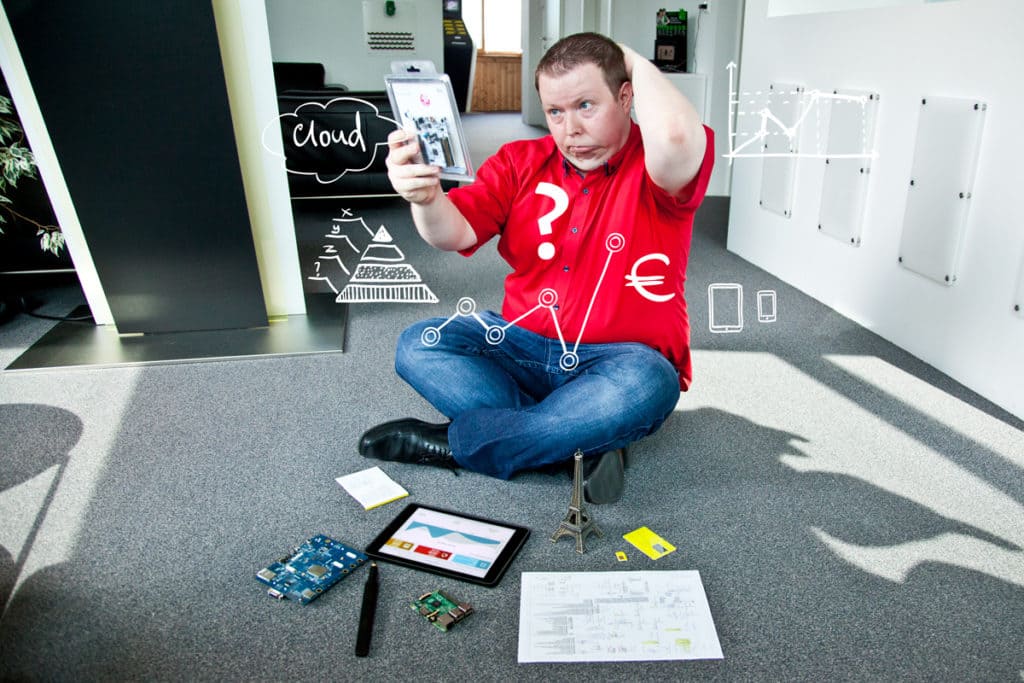
At this point, considerations should be made such as
- Is there an external energy source available or does the product need an independent power supply?
- What temperatures can we expect?
- Does the product require EX approval?
- How much protection does the product need against the infiltration of moisture and dust?
- Which sensor technologies can be used to collect the information required for the application?
In terms of functionality, the product must of course perform the required tasks for realising the application and which cannot be outsourced to the cloud. All the framework conditions have now been clarified.
You have set up a business model, know exactly which application / benefit you want to offer your customers, have defined the scope of cloud functions, selected the optimum transmission technology and defined the characteristics of your product. Now you can deal with the implementation of your product. Also, here are some snares and you run into danger to manoeuvre yourself into a dead end.
Some of the key points such as the distribution of intelligence or the importance of software updates have already been mentioned. The article “Online is not always the best choice” gives 6 helpful tips on how to avoid stumbling blocks in the implementation of an IoT or M2M project.
Rely on a competent partner
As you can see from the previous explanation, such a project requires a broad spectrum of skills and expertise.
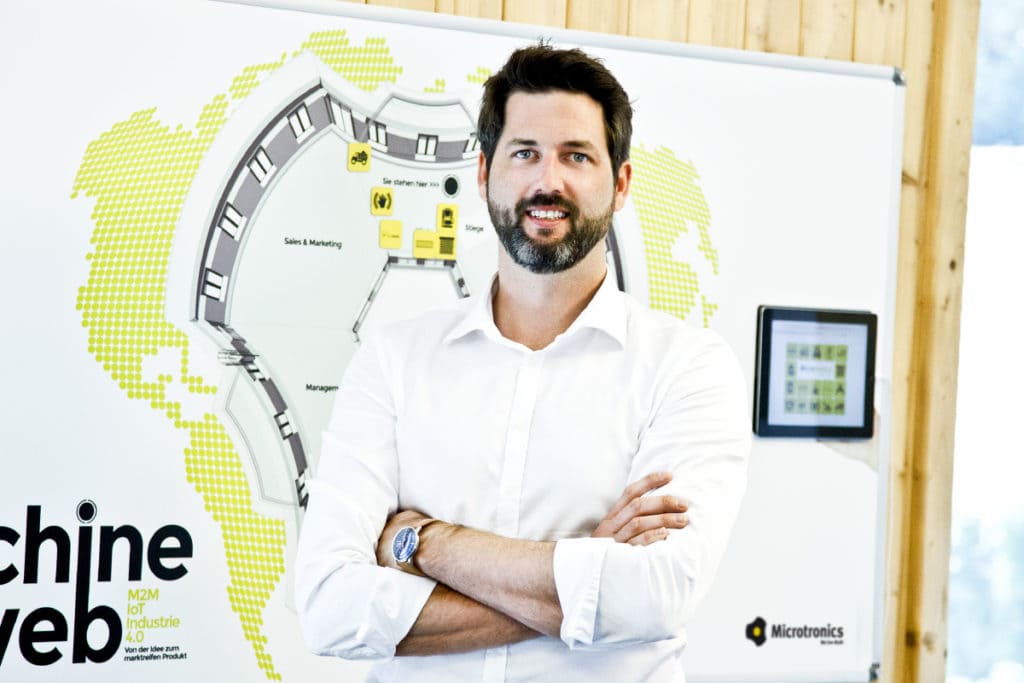
It is therefore recommended to use a technology platform that covers all topics which are not related to the actual application (e.g. transmission, archiving and administration of data) and enables an easy implementation of the available options for application-specific decisions (e.g. distribution of intelligence).
This allows you to concentrate exclusively on the development of your application, i.e. on your core competence. If you want to write an exciting new novel as a writer, you won’t start writing a text processing program first or start building a typewriter a little back in time. The use of a proven technology platform also offers advantages in terms of costs, quality, reliability and development time. With the rapidM2M Ecosystem, Microtronics provides you with a complete toolbox for the development of your individual IoT or M2M application.
Proven overall solution with sufficient flexibility
The rapidM2M Ecosystem covers all three levels (product, connectivity and cloud) of the required technological infrastructure and leaves you sufficient scope for specific adaptations. In the cloud, this means that basic tasks such as archiving, managing and displaying data and configurations, managing devices, over-the-air software updates, user management and much more are already covered by the system without additional effort. Thanks to the REST API you can also create your own smartphone APP or web interface.
In terms of connectivity, all current transmission technologies are available from mobile radio (2G/3G/LTE Cat M1), LoRa or WiFi.
Four hardware platforms for a quick start
Four different hardware platforms are available at product level. Two of them are communication modules with a variety of microcontroller interfaces intended for integration into existing products or implementation into new devices designs. The other two are stand-alone products that you only need to connect to your sensors or devices with or without cable.
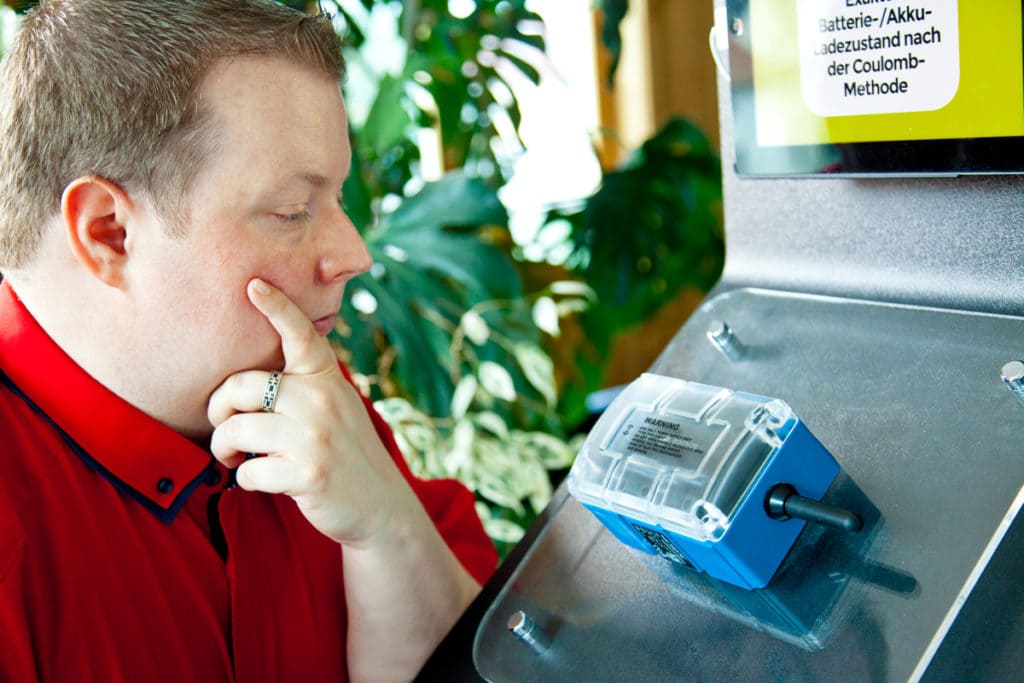
What they all have in common is that they have a basic operating system that already covers the basic tasks such as storing the measurement data, synchronizing the measurement data and configurations with the cloud, receiving and installing software updates and much more. Thanks to the additional programmability (PAWN script, a C-like script language), the hardware platforms remain completely flexible and can be adapted to the requirements of your application. For example, you can implement a specific sensor protocol via script and rely on the basic operating system for basis functions.
As far as security is concerned, with the ecosystem you are already well prepared for the threats of our time. For example, “end-to-end” encryption as well as local and server-side authentication are standard features of the system.
We won’t leave you out in the rain
Microtronics not only provides you with the “toolbox”, but also offers to accompany you throughout the entire process from the idea to the market-ready product. This process includes the conception, the creation of a proof of concept (i.e. a functional prototype), the production of a pilot series and the further development to a market-ready product. Start with a free IoT Coffee to roughly define the common possibilities and to get new ideas or suggestions based on our already implemented projects.
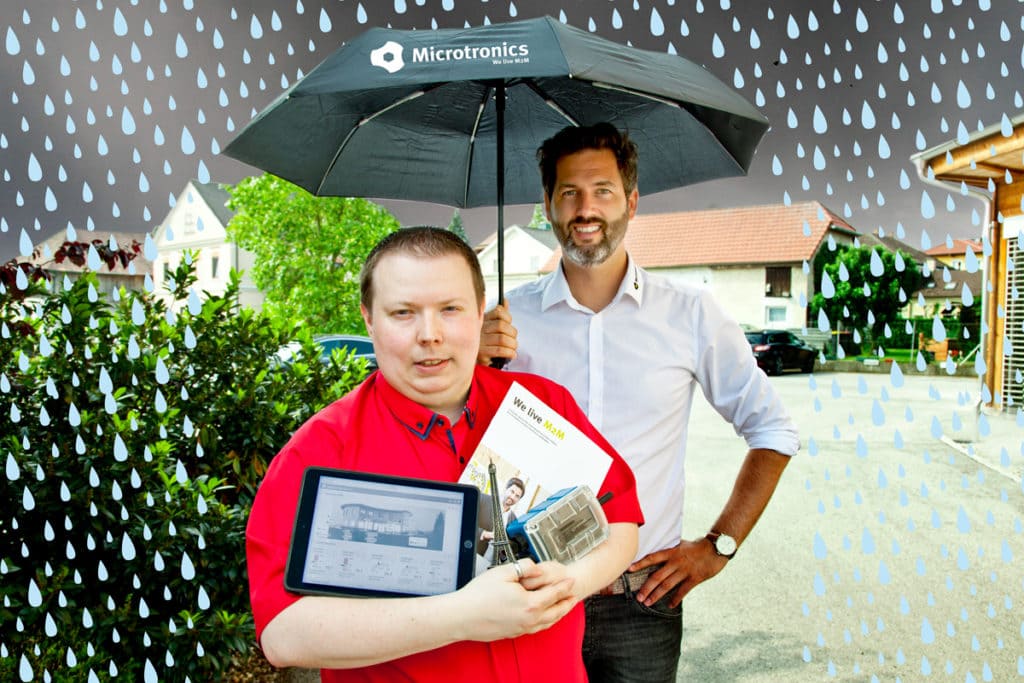
If you already have very concrete ideas about your application and are convinced of the suitability of the technology platform for your purposes, start directly with an intensive, one-day discovery workshop. In this workshop, which is subject to a fee, the points mentioned at the beginning will be worked trough one after the other on the basis of your concrete idea. Technical experts provide additional support. The result of the discovery workshop is a complete concept for the creation of a first proof of concept or functional prototype including an implementation guarantee from Microtronics.

